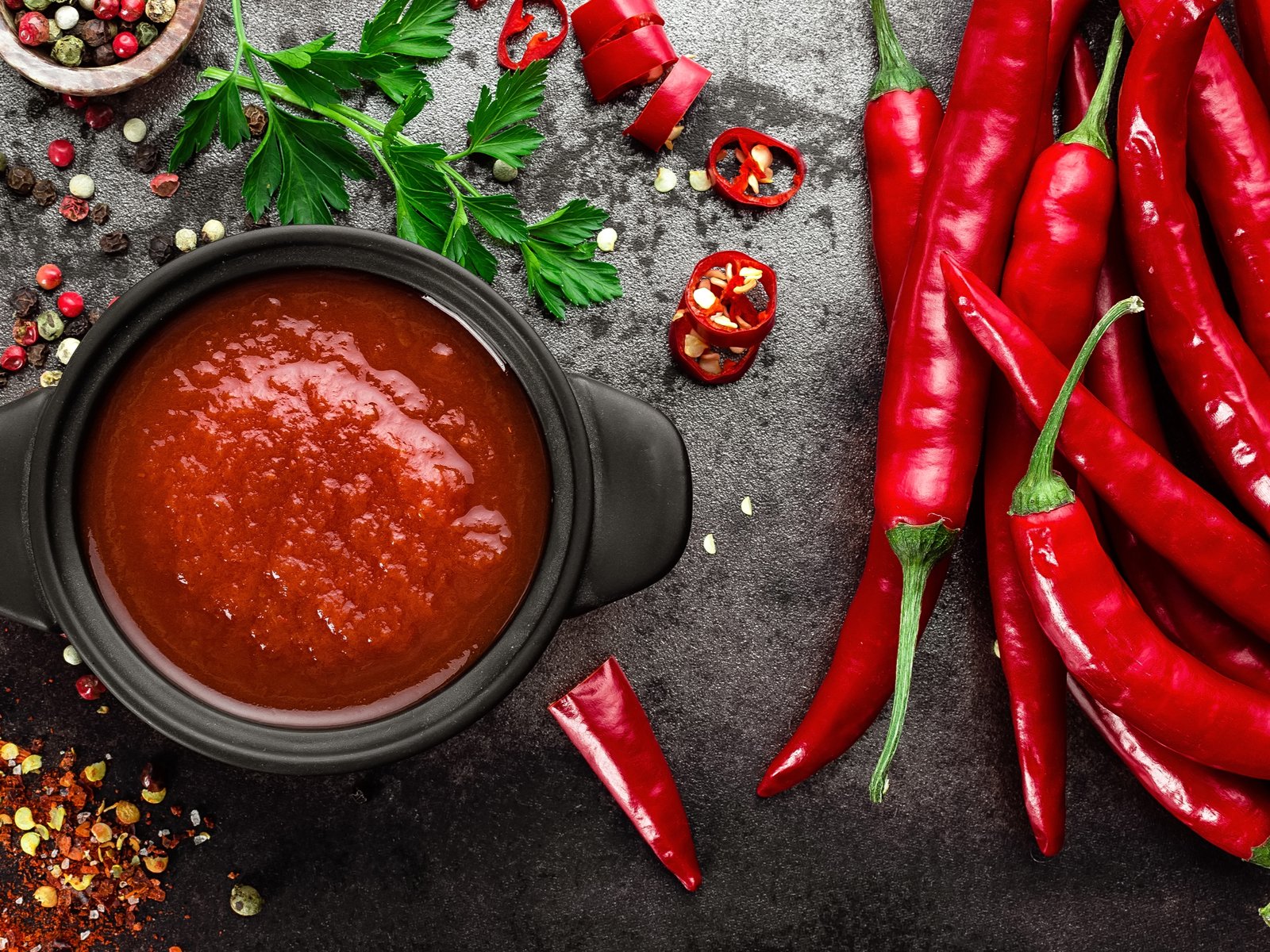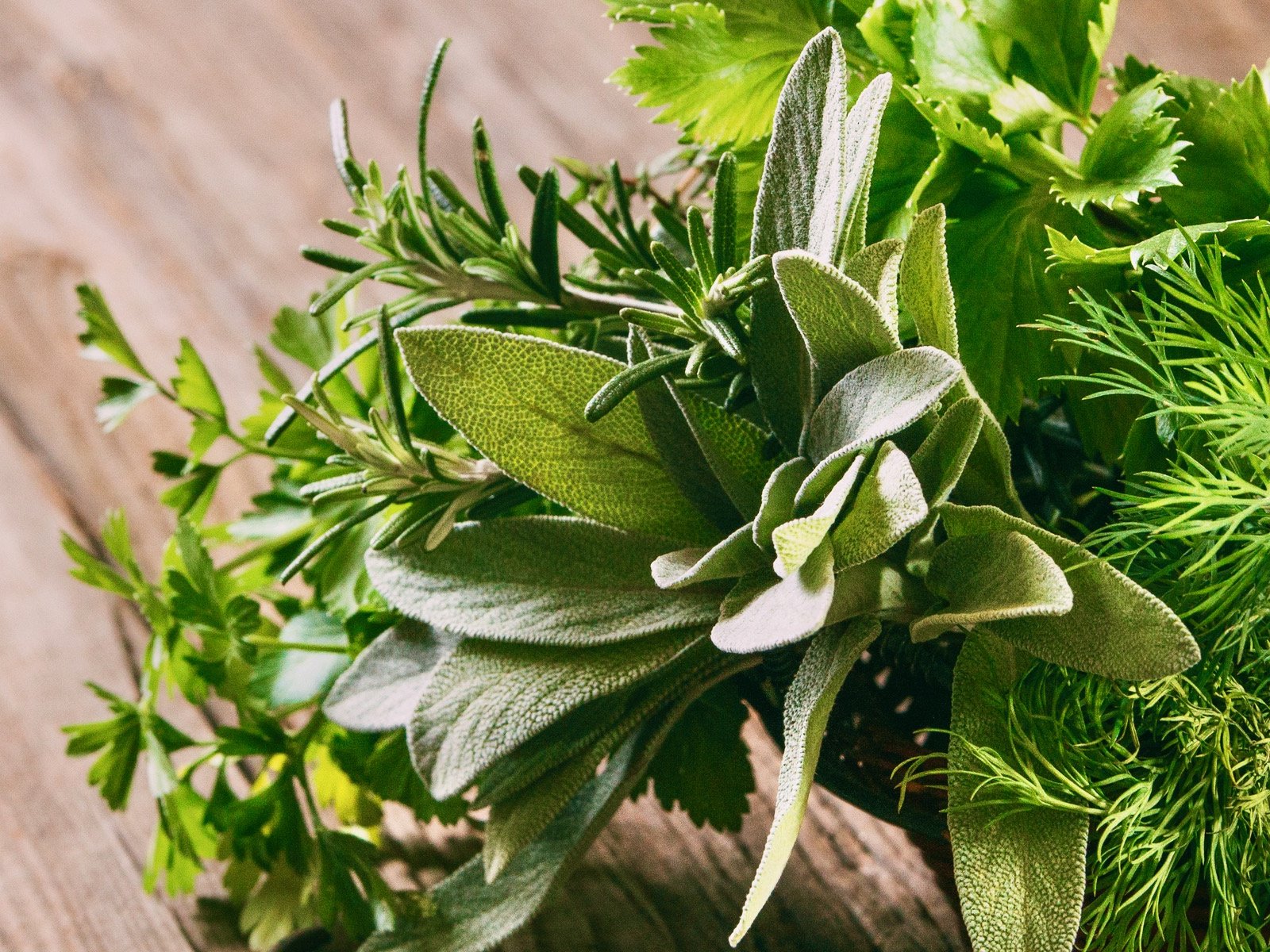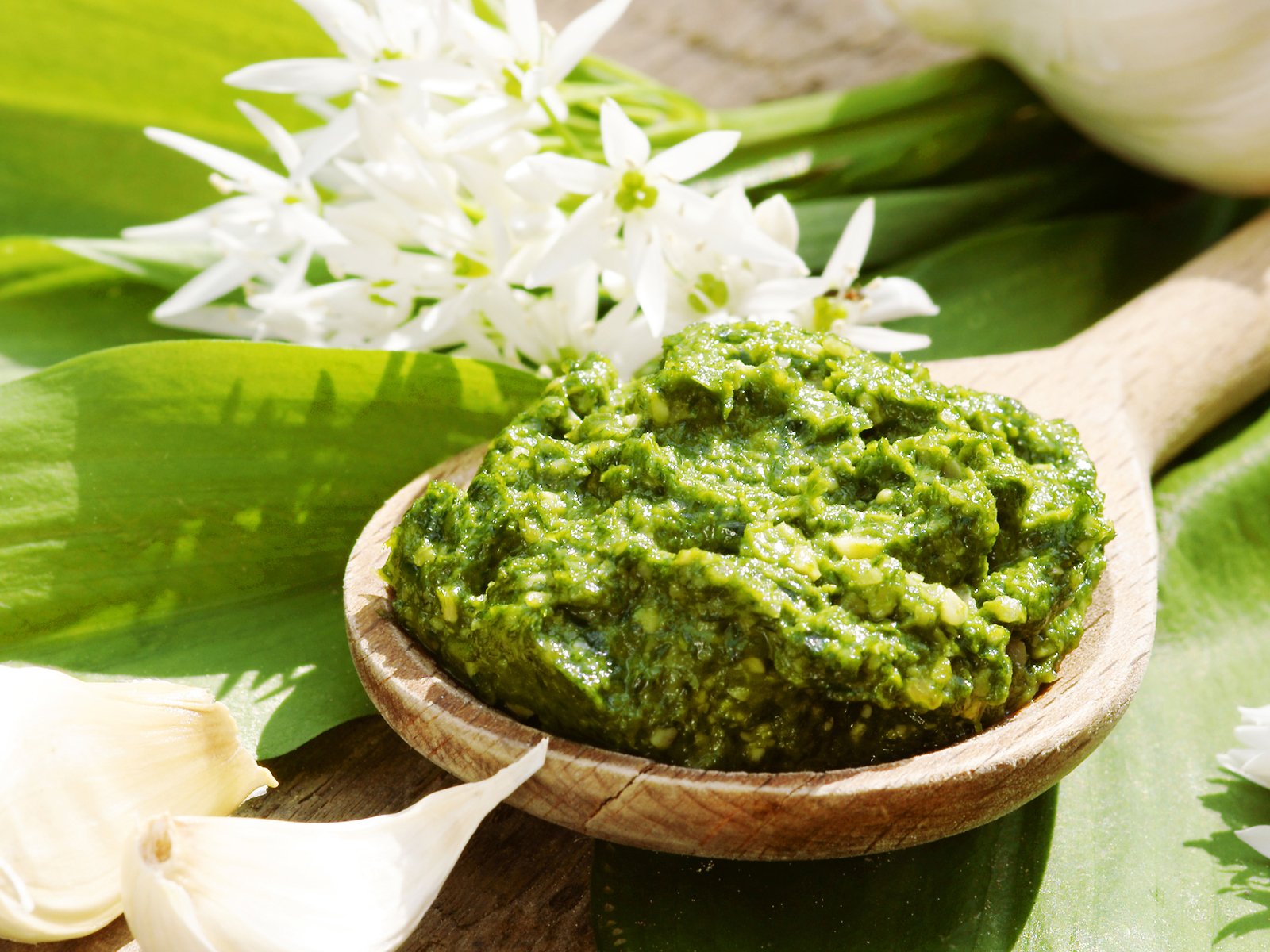Middle East: a mecca of healthy spices
Colourful and fragrant, Middle Eastern spices transport you to the world of 'One Thousand and One Nights' – and they have health benefits to boot.
Middle Eastern and North African cuisines are inextricably linked with the use of diverse spices and herbs. The dishes are particularly aromatic, intense and harmonious. Whether za'atar, baharat, rose harissa or Ras el-Hanout, the crowning glory of North Africa's spice treasures, the popular blends of up to 30 spices have both a sweet-fruity and strong-spicy character.
Herbs and spices have been used for centuries not only for their aroma and colour, but also for their preservative and medicinal qualities. After all, they have antioxidant, anti-inflammatory and antimicrobial effects. In addition, some have the potential to reduce the risk of cardiovascular diseases and type 2 diabetes due to their cholesterol- and blood sugar-lowering effects. The secondary plant substances, tannins, alkaloids, flavonoids and polyphenols are responsible for the effects. Spices found in Middle Eastern cuisine are bursting with them. Although the exact composition of spice blends are often among the closely guarded secrets of bazaars, the most important ingredients are as follows:
Ras el-Hanout usually contains sweet, balsamic cloves, strong, spicy cumin and warm, woody cinnamon. Hot ingredients such as pepper, chilli and ginger are added, as well as coriander, allspice and cardamom, complemented by floral notes of lavender and rose.
Rose harissa is also an important ingredient in North African cuisine and consists primarily of chilli peppers, hot peppers, garlic and rose petals, as well as a mix of around 40 other different herbs and spices.
Baharat means "spice", which suggests that it plays a prominent role in Middle Eastern cuisine. The blend has a spicy, strong aroma of pepper, chilli, cumin, black cumin, allspice, cloves, coriander and garlic, as well as some sweetness from cinnamon and nutmeg, rounded off with cardamom.
Za'atar is a spice blend based on roasted sesame seeds. The Arabic word za'atar means "thyme", and the very aromatic, wild-growing plant also resembles thyme, marjoram and oregano in taste. Besides sesame and the characteristic thyme, sumac, oregano, cumin and black cumin are included.

Good for the gut
The spice blends all achieve a special depth of flavour and some potent well-being effects. Specifically, digestive and germicidal benefits. The essential oils are primarily responsible for this. Eugenol, which is found in cinnamon, allspice and cloves, increases the production of bile and gastric juices, thus promoting digestion and calming the stomach and intestines. The essential oils in cardamom, coriander and nutmeg also stimulate the digestive juices and help with bloating and stomach cramps. Capsaicin, the active component of chilli peppers, has a similar effect. However, it is only effective when ingested in small quantities. Too much capsaicin can overstimulate the stomach lining.
Fighting germs
Other components in the blends have an antibacterial effect. This is especially true of garlic (which is not just dried but added to dishes as a fresh ingredient). The sulphur compounds allicin and alliin in it inhibit the growth of bacteria, fungi and yeasts already in the stomach and reduce the formation of inflammation-promoting cytokines. This is also relevant for the chilly winter season: when boiled up and inhaled, garlic alleviates the symptoms of respiratory infections such as a cold, bronchitis or cough. The thymol in thyme also acts against bacteria. Whether the use of za'atar is sufficient for this remains to be seen. But thyme can be used as a gargle for inflammation of the mouth and throat and it is often used as a tea or in cough syrup. Cardamom and cloves also have antibacterial and antiviral properties. These effects are not just of interest for colds – the warming effect of cinnamon and the diaphoretic effect of hot spices such as chilli and pepper also help on the road to recovery.
Cardiovascular booster
Beyond their short-term benefits, regular consumption of a variety of spices appears to be associated with a lower risk of respiratory and coronary heart disease and cardiovascular mortality. In particular, the aforementioned capsaicin in chillies is associated with several benefits, regardless of diet. It keeps blood vessel function and blood flow smooth, and may even play a role in weight management. This is possible because capsaicin boosts thermogenesis and helps burn energy and improves insulin action. So it is easier to maintain or even shed weight if spicy doses are consumed several times a week.







